Trolling Motors for Your Sportfisher - Part I
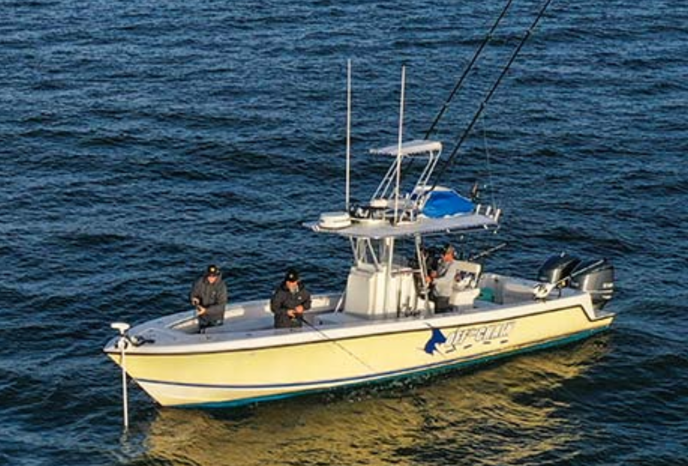
The idea of putting an electric “trolling motor” on an offshore boat—the sort of motor-on-a-stick seen on the bow of freshwater bass fishing boats everywhere--was not even tenable until recent years because the technology just wasn’t up to the task. And the whole idea seemed ridiculous to start—there was no reason to do it.
That’s not the case anymore.
With the evolution of “position-lock” trolling motors linked to GPS, the value of electric power to hold an offshore boat quietly in precise position—without the drudgery of handling hundreds of feet of anchor line—has become apparent everywhere from striped bass rips in New England to grouper and snapper wrecks in Florida and rockfish spots on the Pacific Coast.
Longer Shafts for Bigger Boats
And trolling motor shafts have grown like bean stalks, with the longest now exceeding 8’ (2.4 m), allowing them to function on ever taller bows of ever larger offshore boats. Since the propeller needs to stay well submerged to prevent cavitation, these long shafts are a must offshore where wave action is near constant.
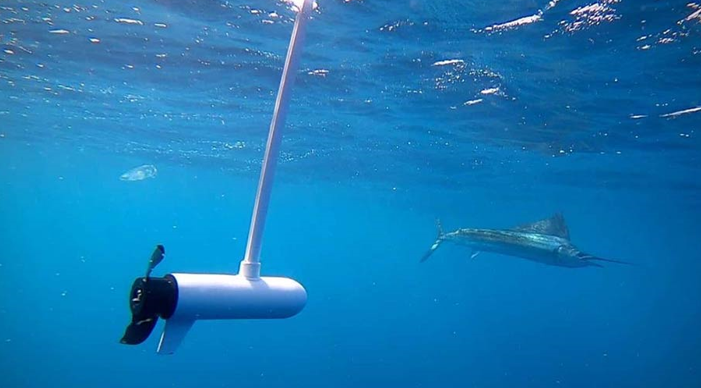
Trolling motors first hit the water in 1934 in Fargo, North Dakota when inventor O.G. Schmidt re-purposed the starter motor from a Ford Model A to power his fishing boat. Because his company was located near the Minnesota/North Dakota border, Schmidt called the company Minn Kota.
That company is huge in the industry today, as are a number of competitors, and the applications of the motors have gone from pushing rowboats around small lakes to positioning triple and quad outboard offshore boats to over 40’ (12.2 m) long as they hold position over fishing spots that may be 1,000’ (305 m) below.

Lots of power resulting from motors designed to operate on 36 volts and generate more than 100 pounds of thrust has been one of the big movers in opening the saltwater market.
So has the development of far longer shafts, which allows positioning the propeller of the motors deep enough into the water that the propeller will not cavitate, even in fairly rough water. Shaft lengths up to 108” (2.7 m) are now available, and this has opened the market for fast offshore boats to silent electric positioning.
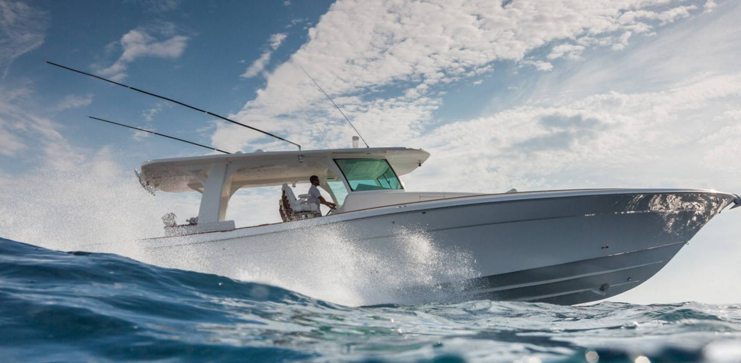
The Arrival of Lithium-Iron-Phosphate Batteries
The rapid development and consumer acceptance of lithium-iron-phosphate or LiFePO4 batteries has also been a factor in more boaters looking to electric positioning motors for larger boats. The safe, quick-charging batteries can dramatically cut the weight of required 36-volt batteries, which eliminates a concern about performance and efficiency on some boats that depend on fast runs to distant fishing spots.
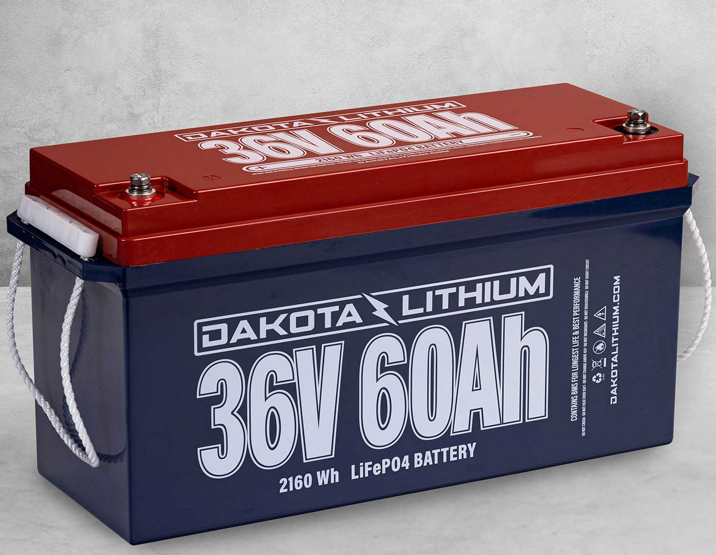
LiFEPO4 batteries also deliver a much longer peak production of full 36 volt power, and have a far longer life span than conventional lead-acid and AGM batteries. (On the downside, they are far more expensive than conventional batteries, but the cost is a small part of equipping a fully-loaded offshore boat in the 25’-40’ range.)
Pinpoint Position Control
A big factor in the acceptance of trolling motors offshore has been GPS linking that allows “spot-locking” with the quiet electric power. Rather than struggling with hundreds of feet of anchor line—which is a labor-intensive, noisy, time-consuming and inaccurate way of positioning offshore—the operator simply taps his remote control or MFD screen and the electric puts the boat right where it needs to be for the perfect presentation. There’s no figuring out the “anchor course” that is hundreds of feet from the fishing target—and that will be all wrong as soon as there’s a slight change in wind or current.
The motors also allow “jog” manipulation, easing the boat 5’ at a touch in any direction so that a large wreck or reef can be fished thoroughly.
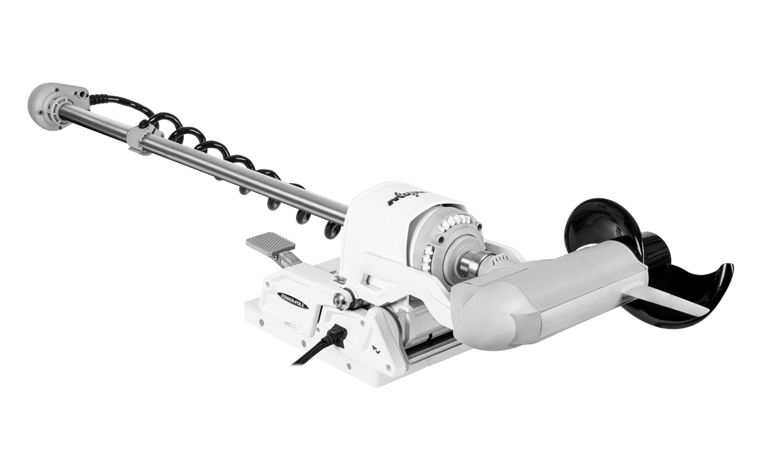
And they can follow a pre-determined course set on GPS, should an angler want to work down a reef line or around an oil rig.
And when it’s time to change locations, there’s no anchor and line to struggle with—just raise the troller and go. There’s no risk of a snagged and lost anchor and line, either, and no need to use all that storage space for hundreds of feet of rode and a large anchor.
The position-lock feature also allows a captain to stay on the bait when throwing a castnet or dropping sabiki rigs for bait as well as when gaffing/netting fish for clients. It can take the place of a mate in many situations, making charter fishing more tenable for small boat operators where there’s neither the space nor the economics for a hired assistant.
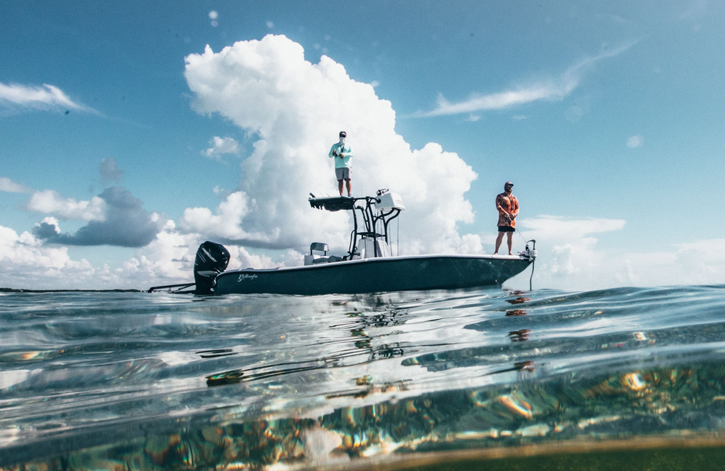
The system also allows fishing high current areas like passes, inlets and bars where rapid tide flow makes anchoring tricky and might require a lot of use of ICE power, which would scare off the fish. The quiet electrics can ease the boat into perfect position and hold it there against the flow in most conditions, allowing anglers to hook up stripers in the northeast, salmon in the Pacific or snook and tarpon on the Florida coast in areas where they couldn’t succeed otherwise.
Bottom line is there are a lot of reasons that more and more saltwater anglers are investing in bow-mounted electric positioning motors.
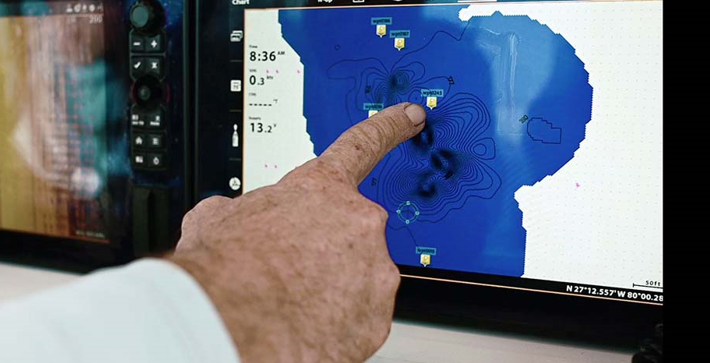
Fitting a Bow-Mount Motor to Your Boat
Most bow-mount trollers are easily mounted on large center consoles with a bit of flat space at the bow peak. Hook up the appropriately robust wiring, get the motor “recognized” by your GPS system and you’re in business.
You may need to bolt on a substantial mounting plate, which can make docking a bit more difficult if it protrudes out beyond the rubrail. In some cases cutting or modifying bowrails, adding backing plates under the deck and crafting custom mounts may be necessary.
But in general, positioning motors are plug-and-play.
In Part II, we’ll look at some of the cream of the current crop.